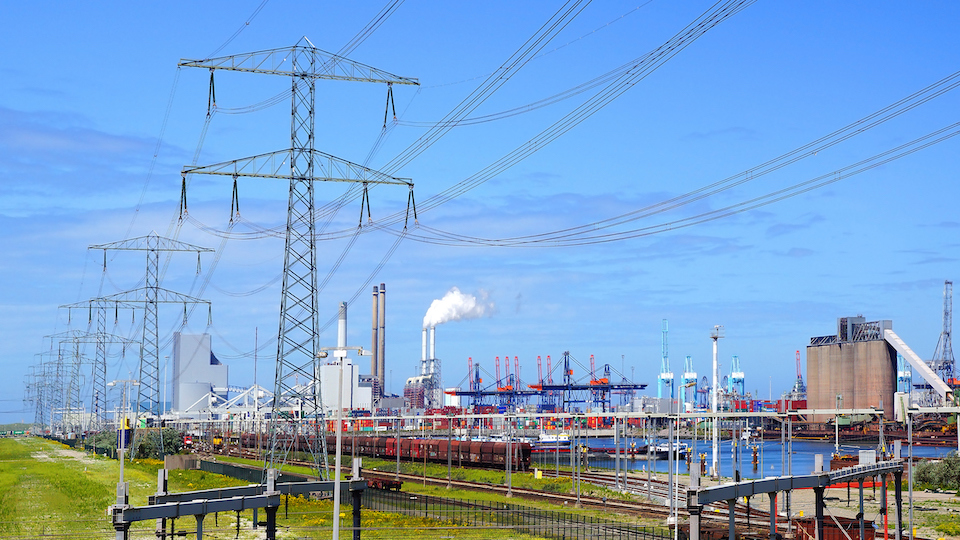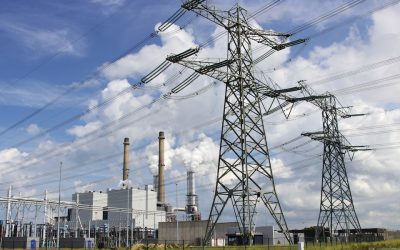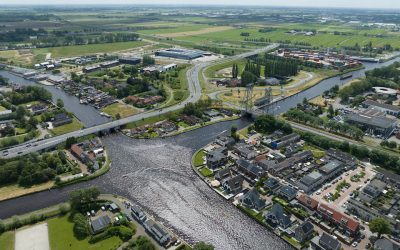The electricity bill, including grid tariffs, is considerably higher for large consumers in the Netherlands than elsewhere . Should grid tariffs for businesses be harmonised with neighbouring countries? The answer is no; unilateral harmonisation is pointless.
What regulations impact electricity costs for industry in Belgium, Germany and France?
- Energy-intensive sectors such as metal, chemicals and paper are compensated there for the CO2 costs of their electricity consumption.
- Exemptions from grid charges – charged to other consumers – and tax exemptions also apply.
What is the situation in the Netherlands?
- The compensation for CO2 costs in the electricity price was abolished here in 2023.
- The volume discount (of max. 90%) on the grid tariff for large consumers with a steady power consumption has also been discontinued.
This results in major differences in the electricity bill for large consumers:
- In Germany and Flanders it is respectively 52% and 41% lower than in the Netherlands. Without the compensation for CO2 costs electricity costs would be 15% lower.
- The differences with France are even larger, as French industry has favorable access to nuclear energy and low grid tariffs.
These differences count in sectors where gas and electricity costs together easily account for 10% of the production value. Some therefore want to unilaterally harmonize large-scale consumer tariffs with neighboring countries by reintroducing exemptions. This is a bad idea though, because:
- Sustainability requires that social costs are reflected in product prices. This includes the abolition of indirect CO2 cost compensation and volume discounts for large consumers.
- Cost reflectivity means that grid tariffs must cover all grid costs. Exemptions for industry mean higher grid tariffs for (poor) households. The state has little money to help out.
There is also good news. Tariff structures will be adjusted in the coming years to make flexible power use cheaper. ACM has established principles for this. Higher tariffs already apply during peak hours for the high-voltage grid. The introduction of a feed-in tariff is also being investigated. This would mean that (some) producers would contribute to the grid and pass on the costs to consumers at home and abroad.
Furthermore, the European CO2 border levy will benefit Dutch industry from 2026. The levy makes the import of energy-intensive products more expensive. In this way, it improves the competitive position of Dutch industry, which exports a lot to EU member states.
Jointly ahead in Europe
European cooperation is crucial for sustainable energy, good interconnections , exchange of green hydrogen and biomethane. To solve high energy costs for the industry, harmonization is a good idea, but not if it is one-sided. That therefore requires, above all, for government and parliament, a decision on a hot political issue: more Europe.





